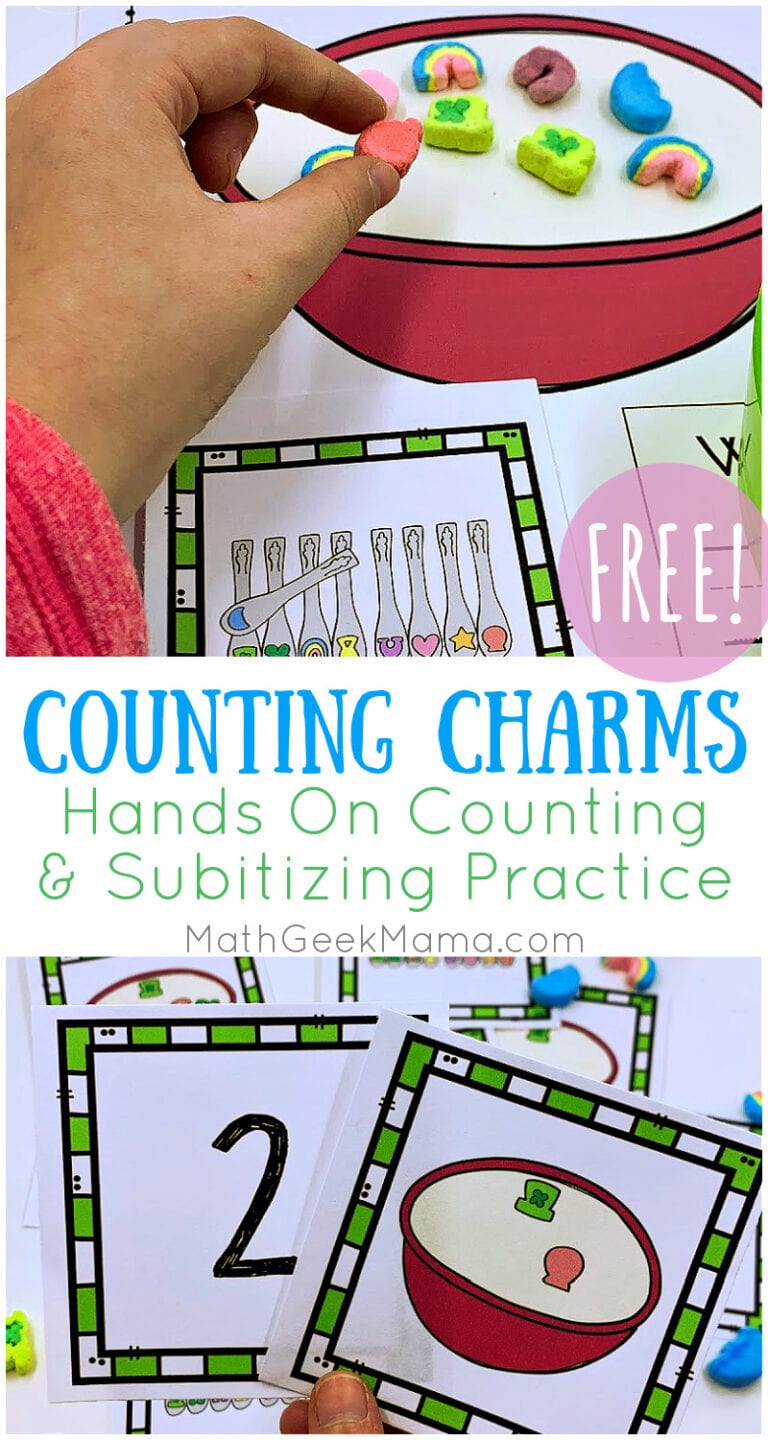{FREE} Multiply Decimals with Grids: Cut & Paste Set
Young children love cut and paste activities. Getting out the glue and scissors just makes a math activity a little more fun. Well, who says the littles get to have all the fun? This multiplying decimals activity lets older kids enjoy cutting and gluing while using decimal grids to solve multiplying decimal problems. Learning to multiply decimals with grids will help visualize the operation and build a conceptual understanding.

*Please Note: This post may contain affiliate links which support the work of this site. Read our full disclosure here.*
Note: This is a guest post from Rachel of You’ve Got This Math.
Multiply Decimals with Grids Prep Work:
So this is a prep free activity.
First, choose the pages you want your child or children to do and print that page and the following page. For example, if you choose to do page three then you will need to print off page four, as it has the models that correspond and will need to be glued on.

Now gather up scissors and glue sticks and you will be ready to go.
What is a Decimal Grid?
If your kiddos aren’t familiar with decimal grids, then jumping right into this activity may not be the best place to start.
Decimal girds are one way of modeling decimals, and children need to know how to model a decimal before practicing multiplication on them.
A decimal grid has 100 squares and 10 columns and 10 rows.
This works perfectly for decimals, which are categorized as tenths or hundredths.
For example, five-tenths (0.5) can also be written as 5/10 or 50/100. So to model this, we color in 5 rows out of the 10 rows or 50 out of the hundred squares.
Task cards like these give children great practice in recognizing decimals on a decimal grid as well as modeling a decimal on the decimal grid.
Multiply Decimals on Decimal Grids
Now comes the fun part. Multiplying decimals on the decimal grids is not as scary as it sounds.
In fact, it is simple!
Let’s look at the multiplication problem 0.4 x 0.5.
First, we color in the first factor vertically. This means we will color in four-tenths or four out of ten columns.
Next, we color in the next factor: five-tenths. But this time we will color in the decimal horizontally so that they overlap. So we color in five out of ten rows.

Now we get to figure out the answer.
The answer is everything that overlaps or was shaded twice.
In this example, we can see that 20 out of 100 squares have been colored in twice, so my answer is twenty hundredths or 0.20.
Or you can simply write .2 or two-tenths. They are equivalent.
Why Should We Model This?
When doing this type of math work, it is essential that our children understand how they get an answer. When we multiply decimals our product or answer is lower than the factors.
This is crazy to some of our children.
Every time they have multiplied in the past, they got a larger number.
4 x 5 = 20
So why do I get a smaller number when I multiply 0.4 x 0.5???
When we pull out the grids or any other way of modeling multiplying decimals, it helps children see the “why.”
And when they can see and visualize what is happening, they are building number sense that will only help them as math gets harder.
Although we won’t always expect our children to multiply decimal with grids, starting here is hands-on and fun. And once again they can see why the answer is smaller. This will help them in the future to know that when they multiply decimals the answer will be smaller than the factors.

Ready to grab the free cut and paste practice pages? Just click the link below to go to my shop and grab this set!

{Click HERE to go to my shop and grab the FREE Multiply Decimals with Grids Cut & Paste Pages!}
PSSST! Want to help kids make sense of adding & subtracting decimals? You might like my complete Add & Subtract Decimals Resource Collection. This includes meaningful, visual models to make sense of decimals plus fun games and practice.
Buy Add & Subtract Decimals Here!
Find More FREE Decimal Resources at the Links Below:
- Comparing Decimals Cut & Paste Sort
- Multiply Decimals Word Problem Set
- Convert Fractions to Decimals Game
Rachel is a homeschool mom to four little ones, ages 2 to 6. She is a former public elementary teacher, and has recently begun blogging at her page You’ve Got This. You can also find her on Facebook and Pinterest.













One Comment
Comments are closed.